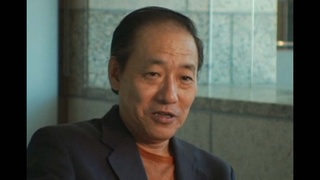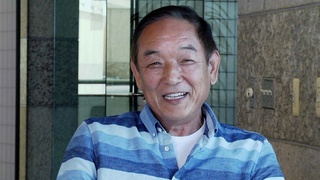The first Japanese driver in Brazil (Japanese)
(Japanese) I became a [truck] driver in 1912. When I told my friend, he said drivers are terrifying. well, even I thought "driving" itself was quite scary. But my friends told me, "hey, if they're willing to teach you, you might as well learn it," and so I did. And so I became the número uno (first) Japanese [truck] driver. Well, driving for a living was the best. But when was it. 1926? No, it was1919. We moved to the countryside. Before that, [in the city] there were a lot of young folks around, who liked to drink and party all day, every day. And you know, well, I had a wife, I had young kids. I didn't want to be in that kind of environment. And so I made the decision to move to the countryside to live as a farmer. That's why we moved to Pitangueiras.
Date:
Location: Brazil
Contributed by: Caminho da memória - 遥かなるみちのり. São Paulo, Brazil: Comissão de Elaboração da História dos 80 Anos de Imigração Japonesa no Brasil, 1998. VHS.
Explore More Videos


On returning to post-war Peru (Japanese)
(b. 1948) Executive Director of Amano Museum





Facing discrimination in America (Japanese)
(b. 1936) Shin-issei welding business owner



My daughter couldn’t fit in Japan, so I decided to go back to America (Japanese)
(b. 1936) Shin-issei welding business owner

Tough life at boarding house (Japanese)
Shin Issei – owner of izakaya (Japanese-style tavern) and kappo (small Japanese diner) restaurant, Honda-Ya



General reasons why people left Japan for Peru
Okinawan American whose parents are from Peru.

Her mother came to the U.S. with a group of picture brides
(b. 1923) Japanese American poet, activist
